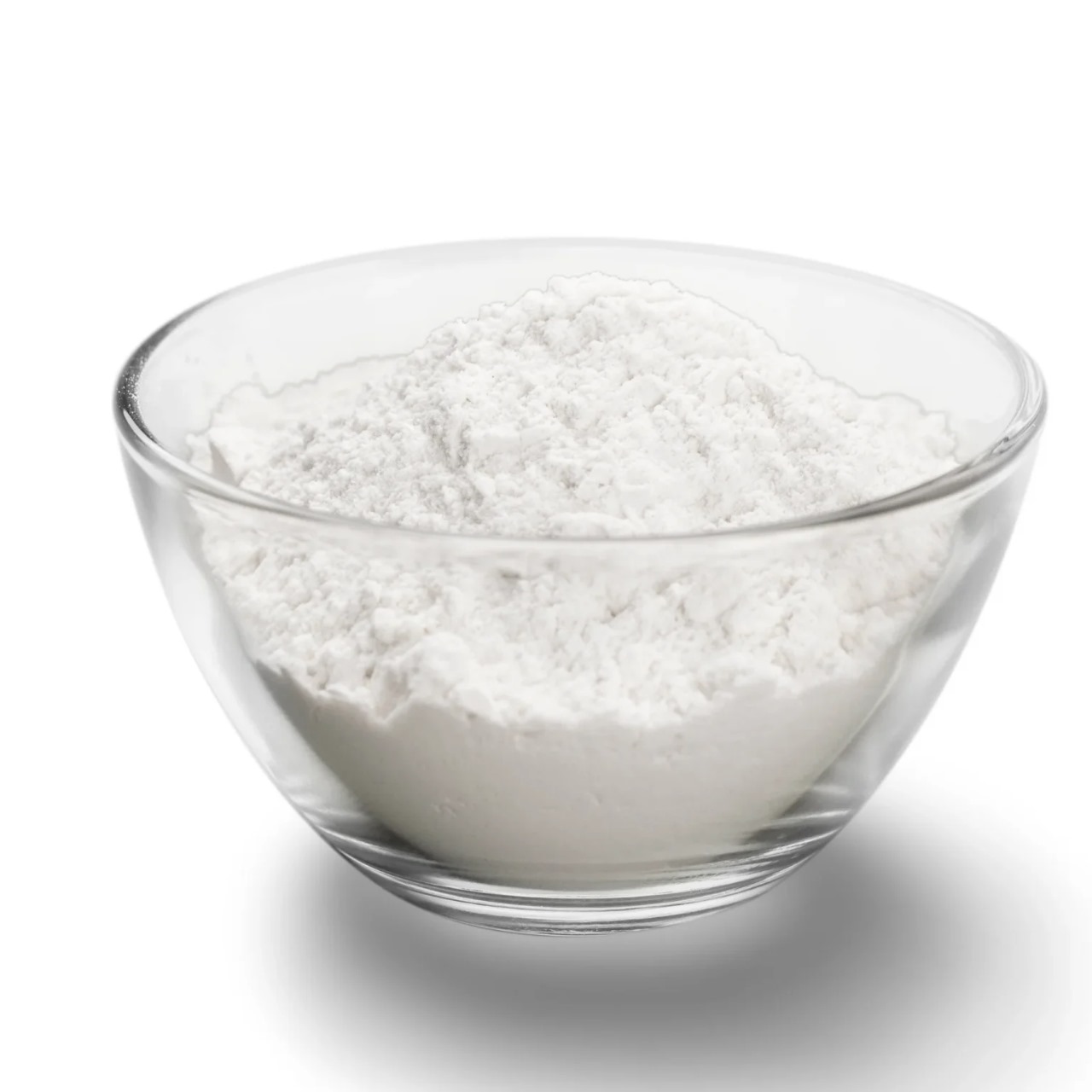Introduction
In the modern construction industry, achieving durability, strength, and excellent workability in tile adhesives is essential for ensuring long-lasting tile installations. Among the many additives used to improve adhesive performance, Hydroxypropyl Methylcellulose plays a vital role due to its unique chemical properties and versatility. At KIMA CHEMICAL CO.,LTD, we specialize in producing premium-grade Hydroxypropyl Methylcellulose that meets the highest industry standards, ensuring superior performance for tile adhesive manufacturers worldwide. This polymer not only improves bonding strength but also enhances the water retention, open time, and sag resistance of tile adhesives, making it a cornerstone ingredient in construction chemistry.
Understanding Hydroxypropyl Methylcellulose
Hydroxypropyl Methylcellulose (HPMC) is a non-ionic cellulose ether derived from natural cellulose through chemical modification. Its unique combination of hydroxypropyl and methyl groups gives it excellent water solubility, thickening ability, and film-forming properties. These characteristics make Hydroxypropyl Methylcellulose indispensable in construction formulations, especially in tile adhesives where performance consistency is critical. Unlike other additives, HPMC is stable across a wide pH range and works effectively in both cement-based and gypsum-based adhesives.
Key Functions of Hydroxypropyl Methylcellulose in Tile Adhesives
- Water Retention
One of the most important roles of Hydroxypropyl Methylcellulose in tile adhesives is water retention. By preventing water from evaporating too quickly, HPMC allows sufficient hydration of cement particles, which leads to improved bonding strength. This property is especially valuable in hot or dry climates where rapid water loss can compromise adhesive performance. - Extended Open Time
Hydroxypropyl Methylcellulose increases the open time of tile adhesives, giving installers more flexibility during application. This ensures that tiles can be adjusted or repositioned without the adhesive drying too fast, leading to more accurate and efficient installation. - Improved Workability
With its thickening and rheology-modifying properties, Hydroxypropyl Methylcellulose makes tile adhesives easier to spread and apply. It provides a smooth consistency that enhances trowelability, making the adhesive easier to handle for both professionals and DIY users. - Sag Resistance
When working on vertical surfaces, sagging can be a major issue. Hydroxypropyl Methylcellulose significantly improves the sag resistance of tile adhesives, ensuring that tiles stay firmly in place without slipping during installation. - Temperature Stability
Hydroxypropyl Methylcellulose maintains its performance across a broad range of temperatures, ensuring consistent adhesive behavior regardless of environmental conditions.
Advantages of Using Hydroxypropyl Methylcellulose from KIMA CHEMICAL CO.,LTD
At KIMA CHEMICAL CO.,LTD, we manufacture high-purity Hydroxypropyl Methylcellulose that meets the demands of global construction markets. Our products offer:
- Consistent quality for reliable adhesive performance.
- Optimized viscosity grades tailored for tile adhesive formulations.
- Excellent dispersion in both hot and cold water.
- Compatibility with various construction materials and chemical additives.
Application in Tile Adhesive Formulations
Hydroxypropyl Methylcellulose is typically used in small but effective dosages in tile adhesive formulations. The exact amount depends on the desired viscosity, open time, and workability required for the application. It can be blended with other performance-enhancing additives to achieve specific formulation goals. In cement-based tile adhesives, HPMC works synergistically with polymer powders to boost adhesion and flexibility.
Why Hydroxypropyl Methylcellulose is Essential in Modern Construction
The use of Hydroxypropyl Methylcellulose in tile adhesives is not just a trend—it is an industry standard. Modern construction projects demand adhesives that perform reliably under varying environmental conditions and installation requirements. Without HPMC, tile adhesives would have reduced workability, shorter open times, and weaker bonding, leading to compromised quality and increased maintenance costs.
Environmental and Safety Considerations
Hydroxypropyl Methylcellulose is non-toxic, biodegradable, and safe for use in construction materials. At KIMA CHEMICAL CO.,LTD, our production processes adhere to strict environmental regulations, ensuring that our Hydroxypropyl Methylcellulose is both effective and environmentally responsible.
Conclusion
Hydroxypropyl Methylcellulose plays a critical role in enhancing the performance of tile adhesives by improving water retention, workability, open time, and sag resistance. Its unique chemical structure makes it indispensable for ensuring strong, durable, and easy-to-apply adhesives in the construction industry. At KIMA CHEMICAL CO.,LTD, we pride ourselves on producing top-quality Hydroxypropyl Methylcellulose that meets the stringent demands of global clients. By choosing our HPMC products, tile adhesive manufacturers can ensure consistent performance, higher customer satisfaction, and long-lasting installations in projects of all scales.



